A COMPREHENSIVE APPROACH TO LITERACY
Combining the best of
WORD INQUIRY and STRUCTURED LITERACY
to help students learn to spell, read and write
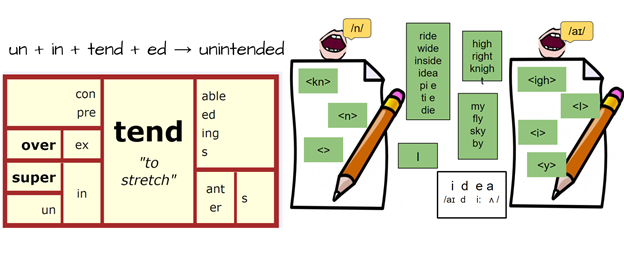
Kate McQuiggan, Literacy Specialist
For too many children, learning to read and spell is a terrible struggle.
And too many parents don’t know where to turn for help, confused by the conflicting claims of the many programs and methodologies battling it out in the “Reading Wars.”
I don’t want to win a war or prove that I’m “right”. I just want to help kids who are struggling. And after more than a decade of teaching, and non-stop study, I have learned that I can help as long as I don’t subscribe to a single methodology. Instead, I use all my skills, and employ elements of all the methodologies I’ve been trained in, so that I can teach each student in whatever way works best for their unique brain.
I have also learned that my students need more than just spelling and reading. I take a comprehensive approach to literacy. My students learn to spell and read, but they also learn grammar, syntax, semantics, morphology, writing, fluency, reading comprehension and more. And we have fun while we do it!
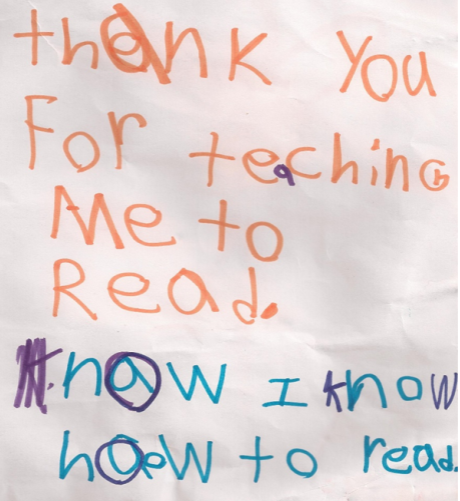
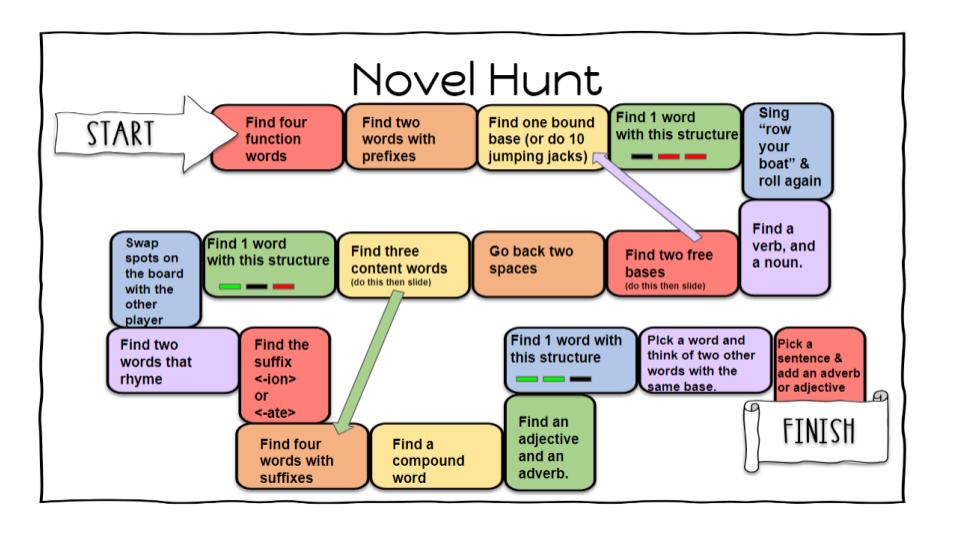
Who Am I
I am a literacy specialist. I offer individualized one-on-one lessons to children from kindergarten to grade 12.
I teach kids who are struggling with spelling, reading and writing, and specialize in helping children with language learning differences such as dyslexia. I have a passion for working with neurodivergent kids and have a lot of experience teaching students with ADHD and executive function challenges.
I also teach teachers and tutors. I work with people who are in the early stages of studying Structured Word Inquiry. I also volunteer with On Your Mark, helping to train their volunteer tutors.
Once people have taken a few introductory courses in SWI, it can be a struggle to begin to integrate that new understanding into your teaching. The most common questions are: Where do I start? How do I introduce this to my students? What does a Word Inquiry lesson look like? What does a Word Inquiry lesson plan look like?
Having gone through that journey myself and worked closely with many colleagues at different points on that same path, I have developed a series of courses to help teachers and tutors answer those questions and begin to integrate word inquiry into their teaching.
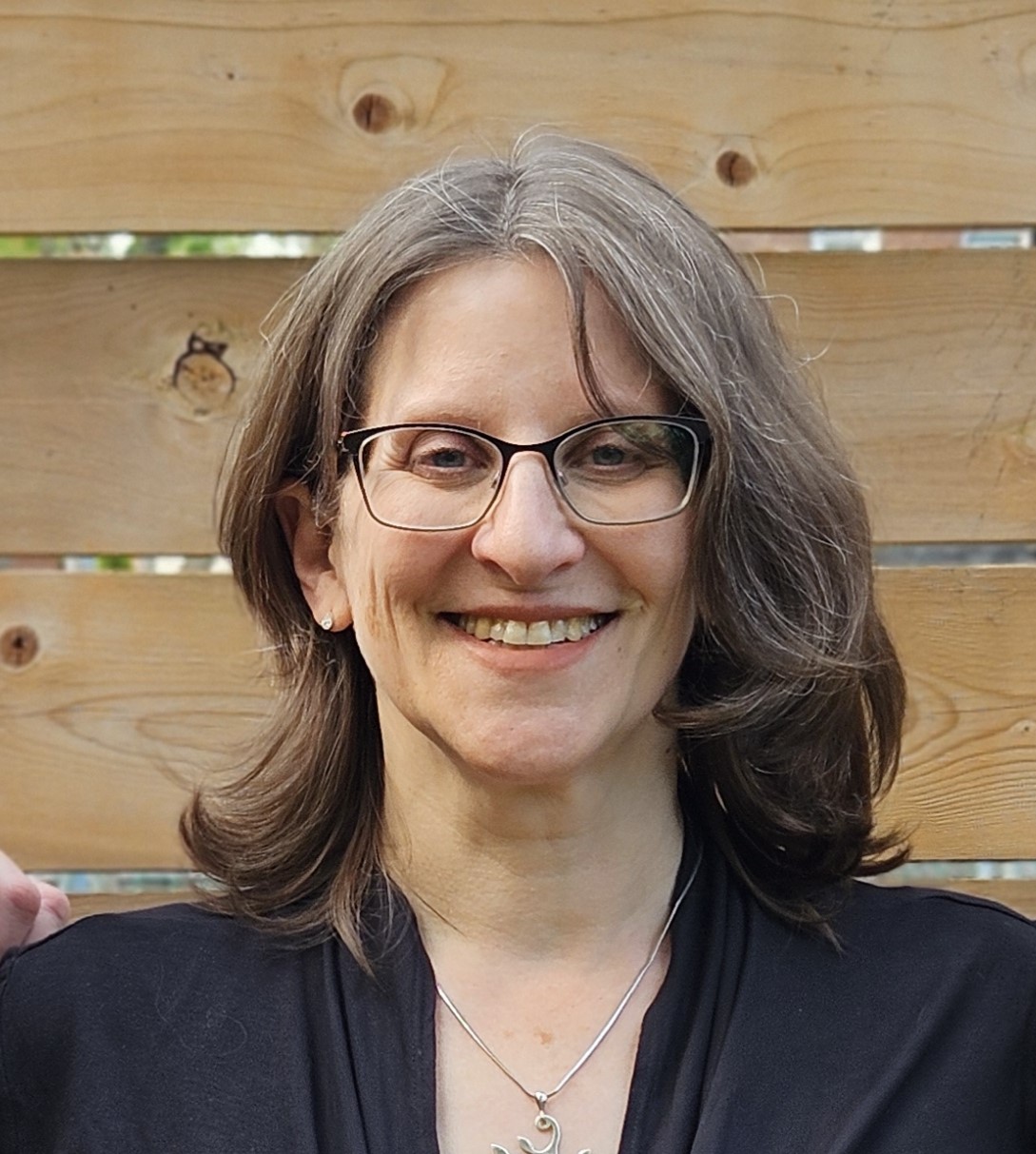
My Approach
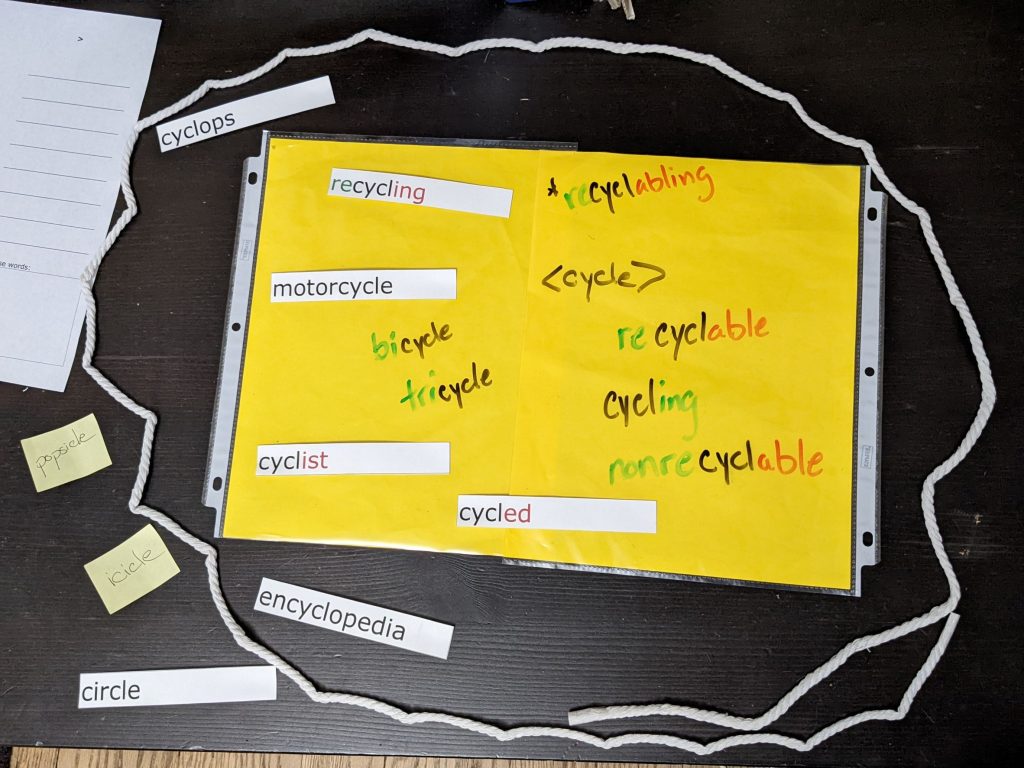
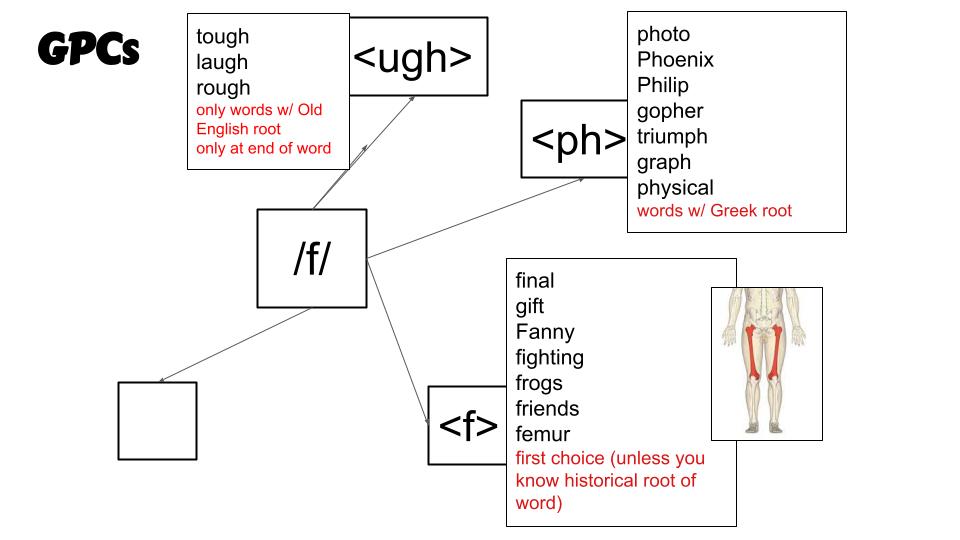
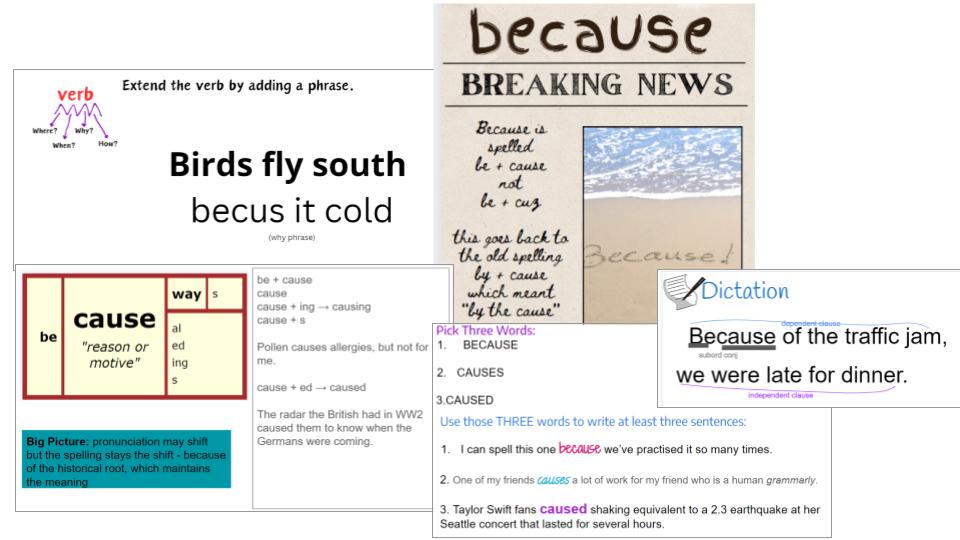
I use a combination of Word Inquiry (also known as SWI) and Structured Literacy to teach students spelling and reading.
We study the meaning, structure and origin of words. We explore the grapheme/phoneme correspondences within a word (letter/sound relationships) and consider why we use certain letters to spell certain sounds in a given word. I teach students how to take this deeper understanding of the English writing system and use it to improve their spelling, reading and vocabulary.
Grammar, syntax and semantics are a natural part of these Word Studies. I also weave writing and reading comprehension into our lessons. As a student’s reading improves, we also begin to work on fluency.
